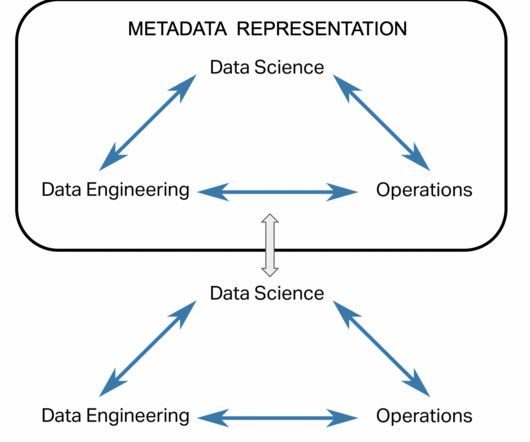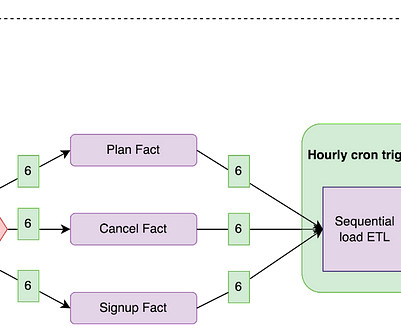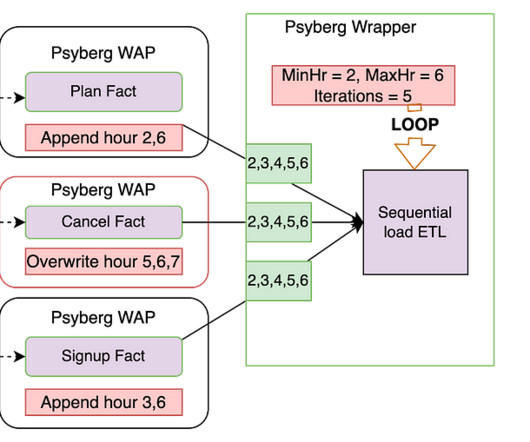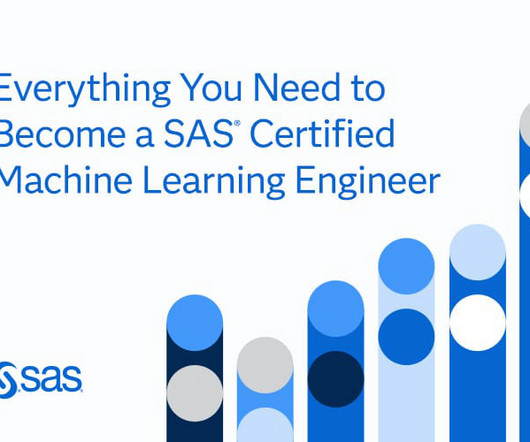What is an Open Table Format? & Why to use one?
Start Data Engineering
NOVEMBER 14, 2023
1. Introduction 2. What is an Open Table Format (OTF) 3. Why use an Open Table Format (OTF) 3.0. Setup 3.1. Evolve data and partition schema without reprocessing 3.2. See previous point-in-time table state, aka time travel 3.3. Git like branches & tags for your tables 3.4. Handle multiple reads & writes concurrently 4. Conclusion 5. Further reading 6.



































Let's personalize your content